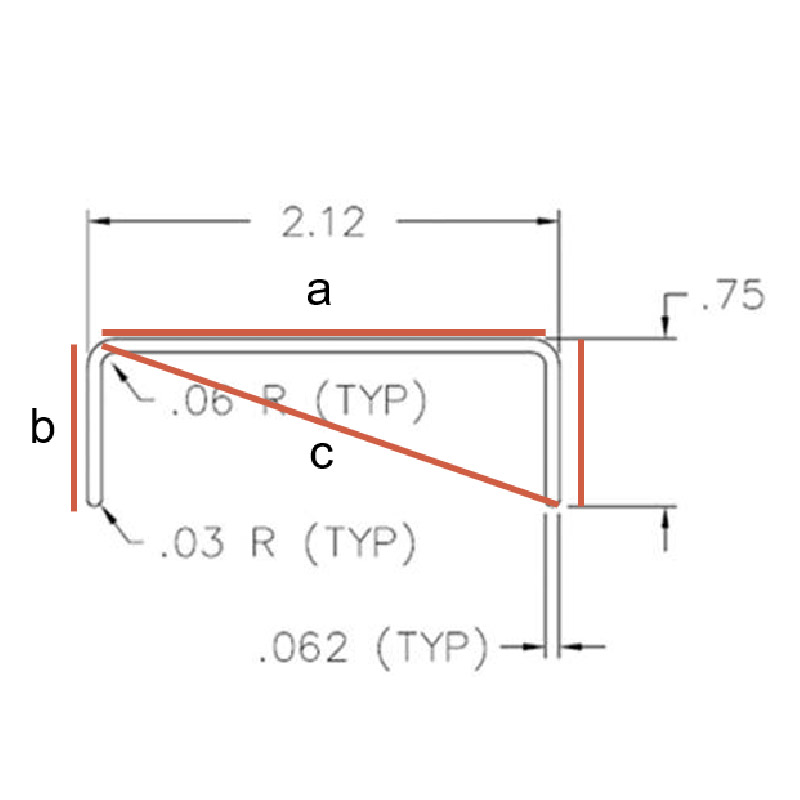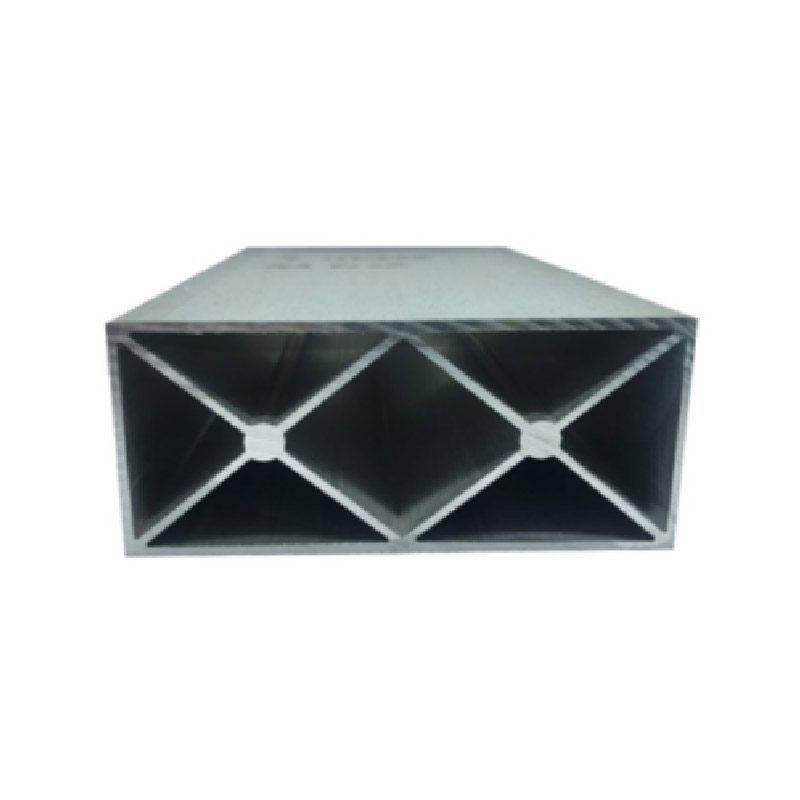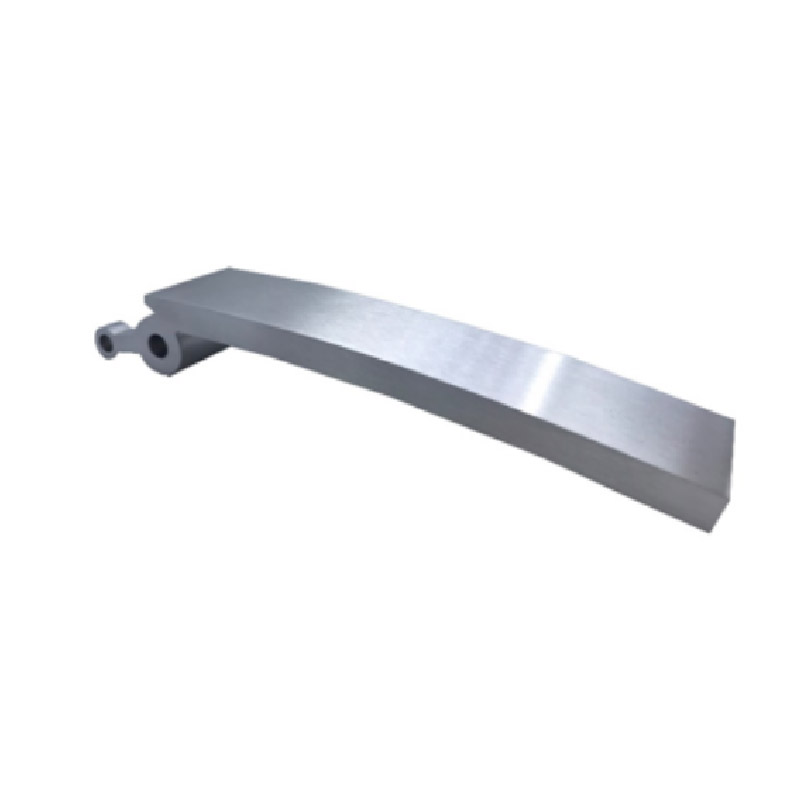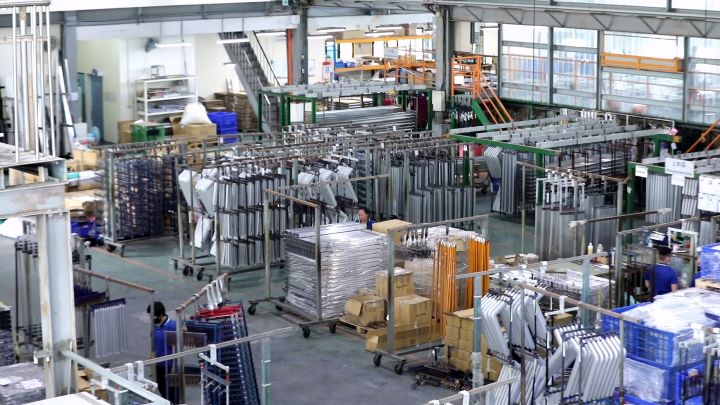Aluminum 6063 T5 and aluminum 6063 T6 refer to different heat-treatment levels, affecting the material's hardness. For most applications, aluminum 6063 T5 is sufficient, while aluminum 6063 T6 provides greater hardness. However, for hollow products, using aluminum 6063 T6 may increase the risk of deformation.
For applications requiring higher strength, aluminum 6061 T6 is a better option due to its superior strength compared to aluminum 6063. However, it may result in a rougher surface finish, and if both strength and appearance are important, opting for aluminum 6061 could lead to higher costs.
To learn more about the differences between aluminum 6063 T5, 6063 T6, and 6061 T6, click here for a detailed explanation.





